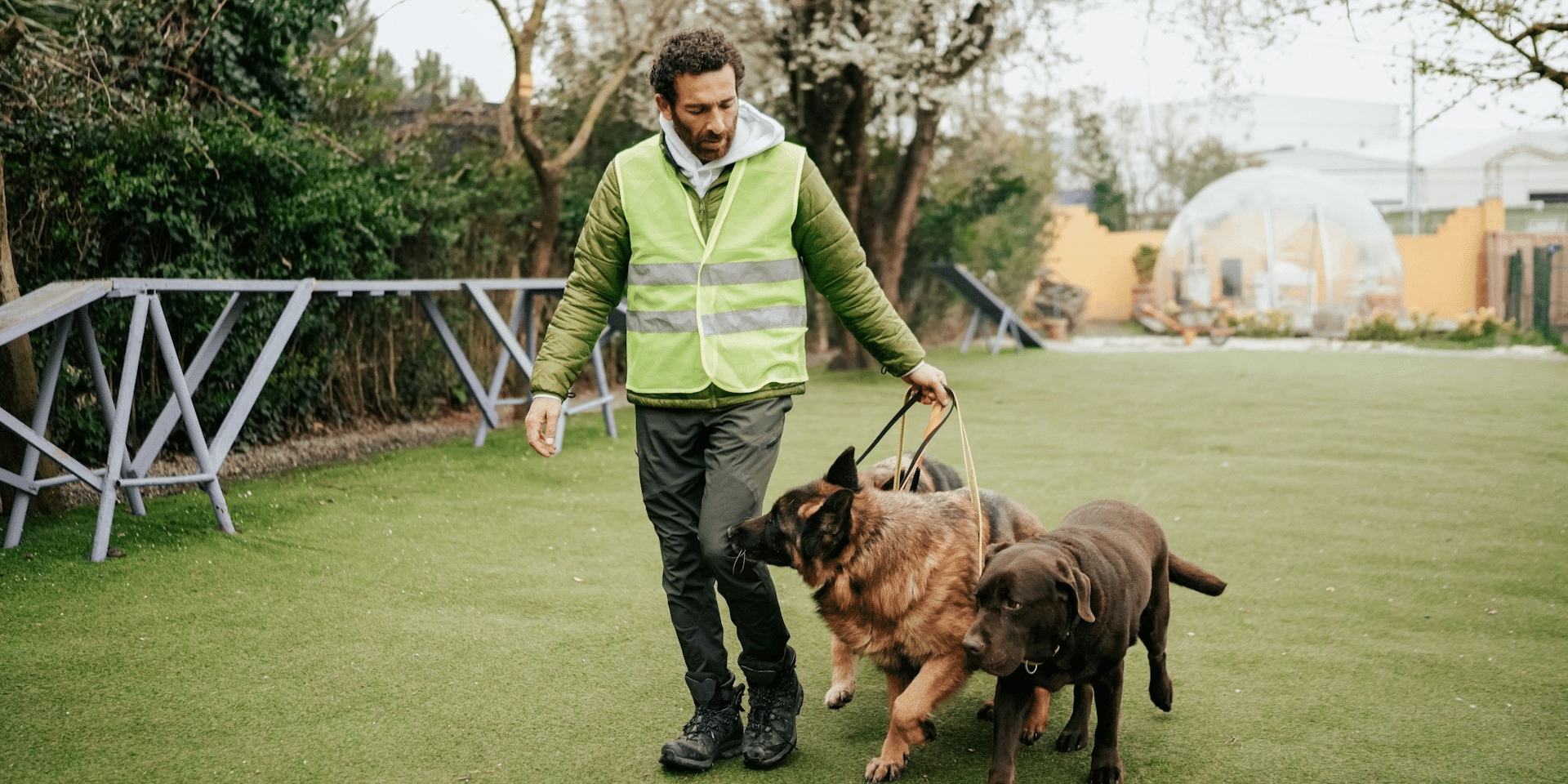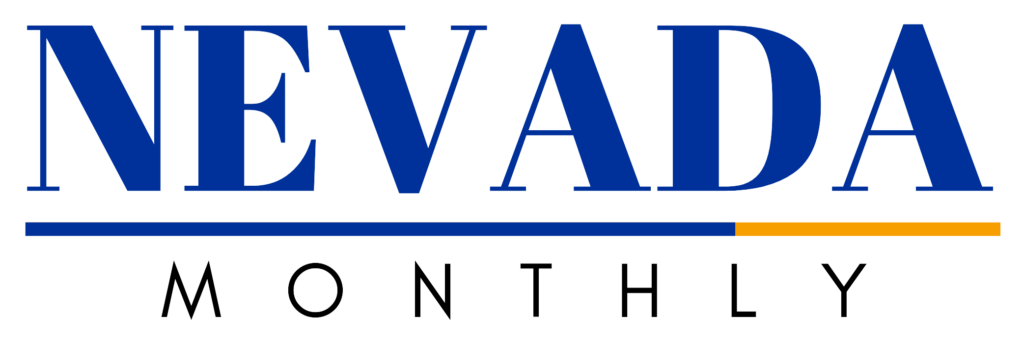
Tag: Most-recent



Why Neglecting Your Health Can Be Expensive in the Long Run
April 15, 2025

The Eerie Ghosts of Nevada: Stories from the Silver State
April 15, 2025




Nevada Wildfires: How Prevention Can Reduce Risks
April 15, 2025



